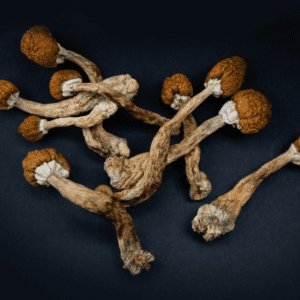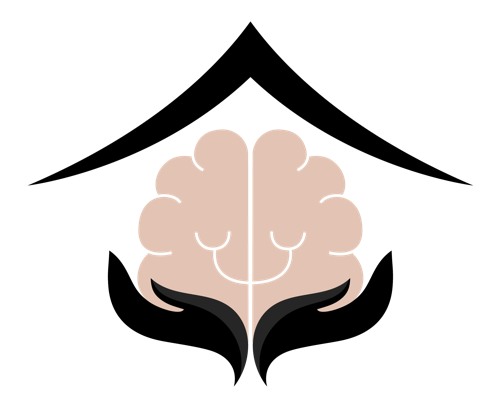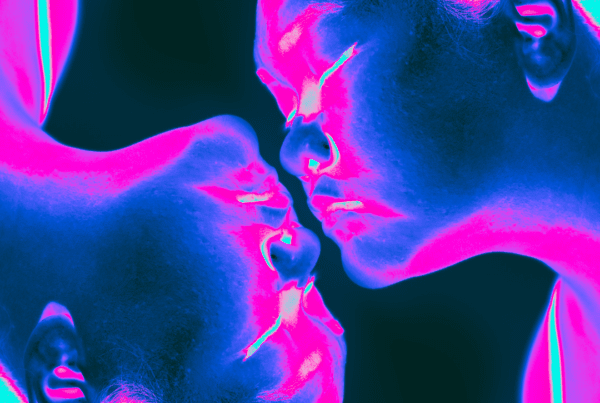In the realm of mental health, a new dawn is rising, heralded by the resurgence of a therapeutic approach once relegated to the fringes: psychedelic-assisted therapy. At the forefront of this revolutionary wave is ketamine, a substance that has transitioned from an anesthetic to a catalyst for profound psychological healing. Let’s delve into the evolving landscape of psychedelic-assisted therapy and highlight the transformative potential of these treatments and their implications for the future of mental health care.
 The Renaissance of Psychedelics in Mental Health
The Renaissance of Psychedelics in Mental Health
Psychedelic substances, long stigmatized due to their association with recreational use and the counterculture movements of the 1960s, are experiencing a scientific and therapeutic renaissance. Research institutions and mental health professionals are increasingly recognizing the unique potential of psychedelics, including LSD, psilocybin (found in magic mushrooms), MDMA, and ketamine.
Ketamine: A Trailblazer in Psychedelic Therapy
Ketamine, once known primarily as an anesthetic and a recreational drug, has emerged as a trailblazer in the field of psychedelic-assisted therapy. Its rapid antidepressant effects, particularly in treatment-resistant depression, have been a beacon of hope for many. Unlike traditional antidepressants that often take weeks to show effects, ketamine can alleviate symptoms in hours to days, offering a lifeline to those in acute psychological distress.
The Mechanism: How Psychedelic Facilitate Healing
Psychedelics, including ketamine, operate on a principle fundamentally different from traditional psychotropic medications. These substances are thought to temporarily disrupt default mode network activity in the brain, which is associated with self-referential thoughts and rumination – a core feature of many mental health disorders. This disruption enables a unique therapeutic window where patients can gain new perspectives on their conditions, engage in deep introspection, and foster a sense of connectedness that is often eroded in mental illness.
Current Research and Clinical Trials
The landscape of psychedelic research is rich and growing. Clinical trials are exploring the efficacy of psilocybin for depression, MDMA for PTSD, and ketamine for various mental health conditions. These studies are not only reaffirming the therapeutic potential of psychedelics but are also helping to refine treatment protocols, ensuring safety and maximizing efficacy.
 The Future of Psychedelic-Assisted Therapy
The Future of Psychedelic-Assisted Therapy
Looking ahead, the future of psychedelic-assisted therapy is bright and promising. These treatments offer a paradigm shift in mental health care, moving away from a solely symptom-management approach to one that facilitates profound, transformative experiences. The potential for these therapies to be integrated into mainstream mental health treatment offers hope for more effective, holistic, and compassionate care.
Conclusion
The re-emergence of psychedelics in the therapeutic landscape is more than a medical development; it is a cultural and societal shift towards a deeper understanding of mental health and healing. Ketamine, as a forerunner in this field, exemplifies the potential of psychedelics not just to treat but also to transform lives. As we continue to explore and understand these substances, we stand on the cusp of a new era in mental health treatment, one that embraces the complexity of the human mind and the profound potential for healing and growth.



